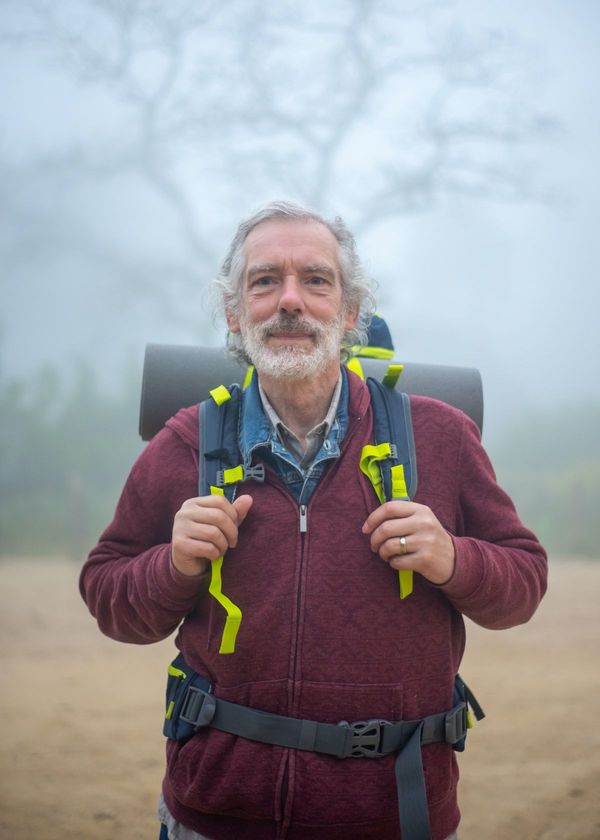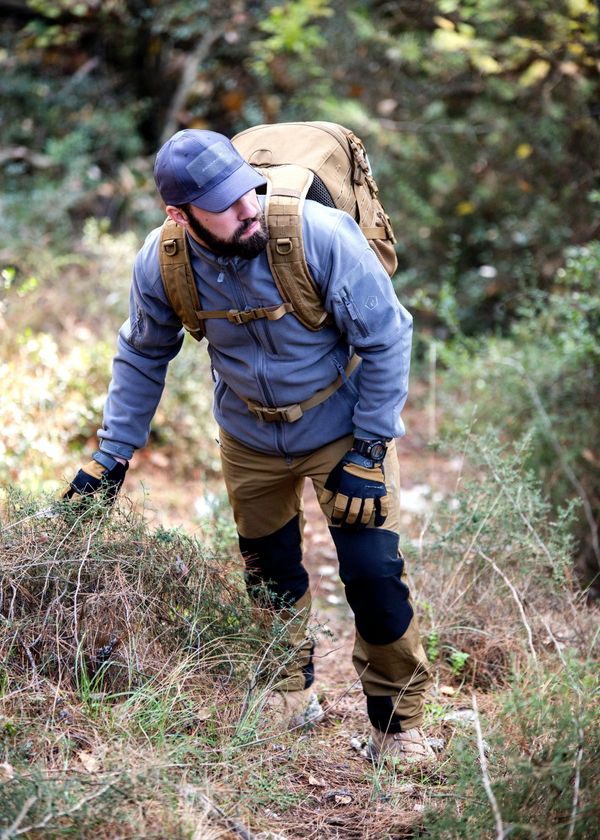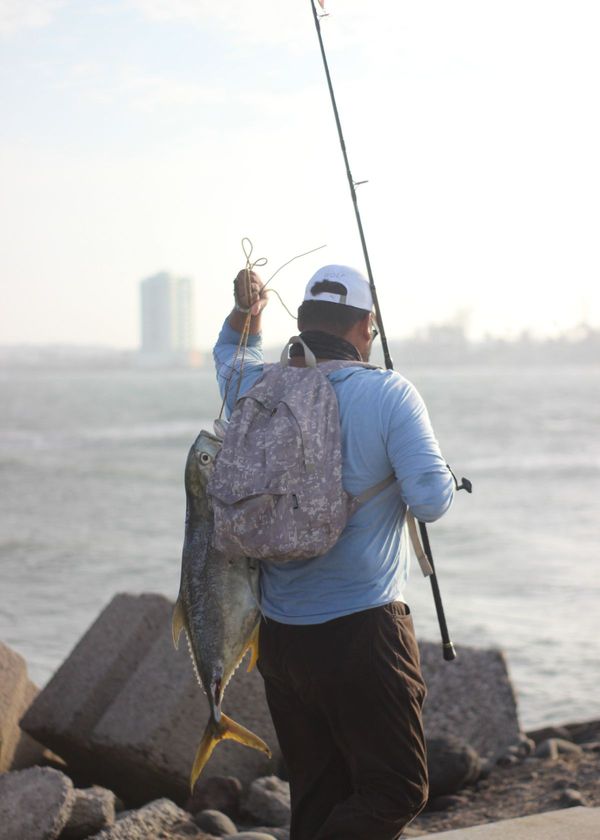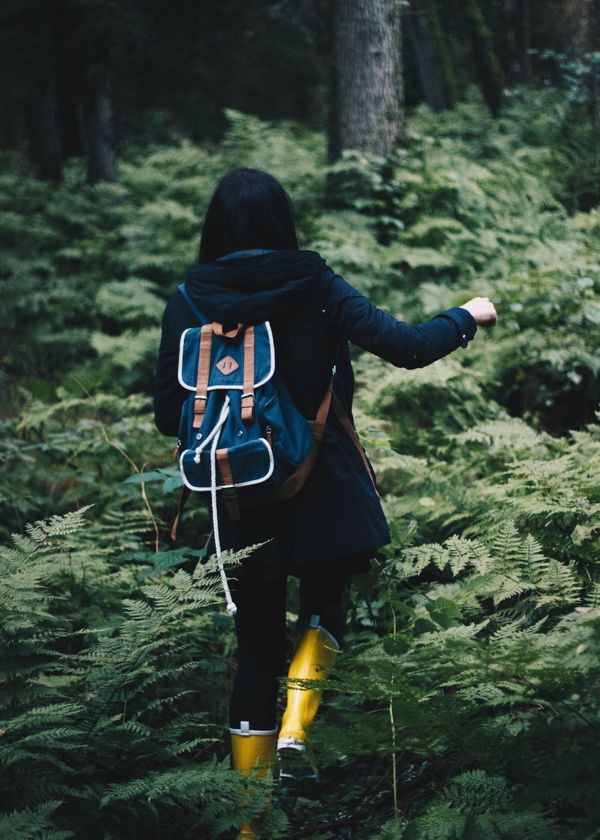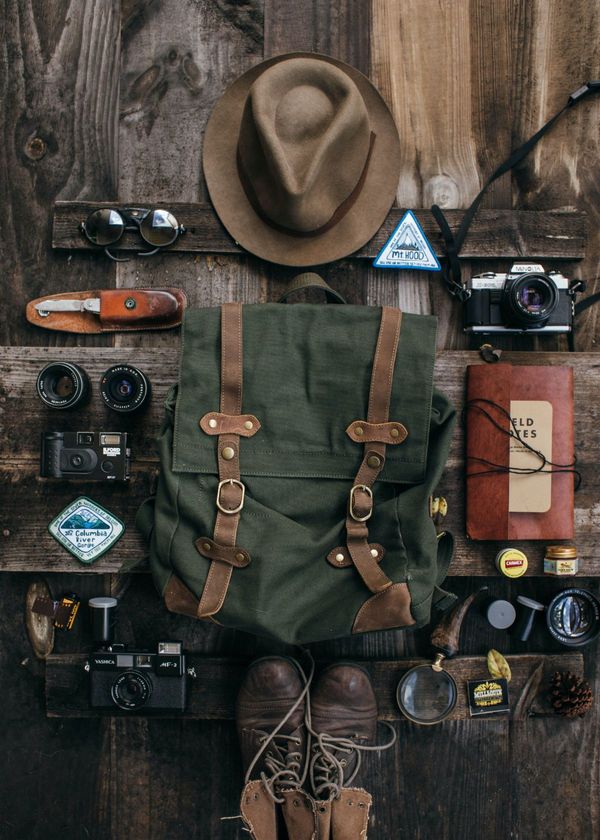Backpacking is a thrilling and adventurous way to explore the great outdoors. Whether planning a multi-day trek through the wilderness or a weekend camping trip with friends, having the right gear can make all the difference.
One often overlooked but essential piece of equipment is a backpacking chair. After a long day of hiking, there's nothing better than having a comfortable place to sit and relax around the campfire.
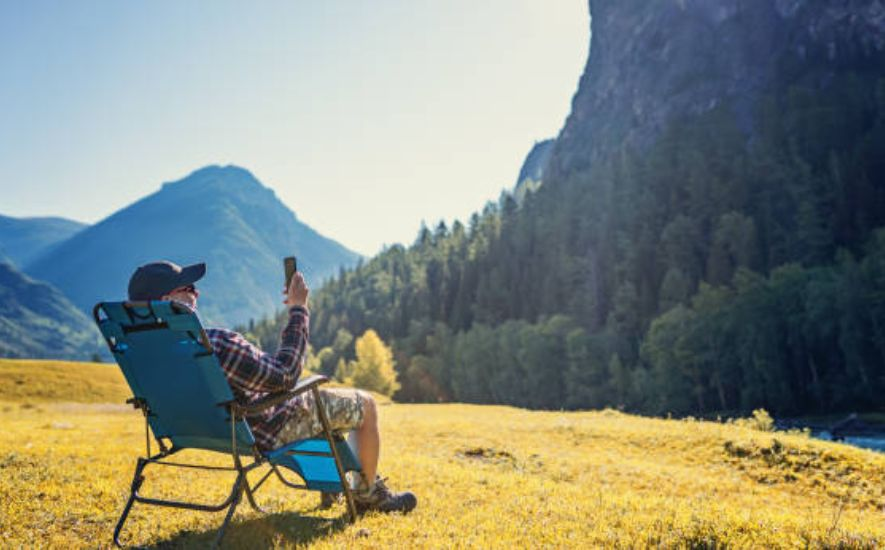
But with so many options available, choosing the right and lightweight camp chair can be daunting. Whether you're a seasoned backpacker or new to the game, there are several factors to consider before purchasing. The weight and size of the chair are important, as they will affect how easily you can carry it on the trail. Durability is also crucial, as a flimsy chair won't last long in rugged terrain.
But beyond the practical considerations, there are also personal preferences to consider. Do you want a chair that is easy to set up and take down, or are you willing to sacrifice convenience for extra comfort? Are you looking for a chair with back support or one that sits low to the ground? These are all important factors to consider when selecting the best lightweight chair for your needs.
In this article, we'll take a closer look at what to look for when buying a backpacking chair, so you can make an informed decision and enjoy a comfortable and relaxing trip in the great outdoors.
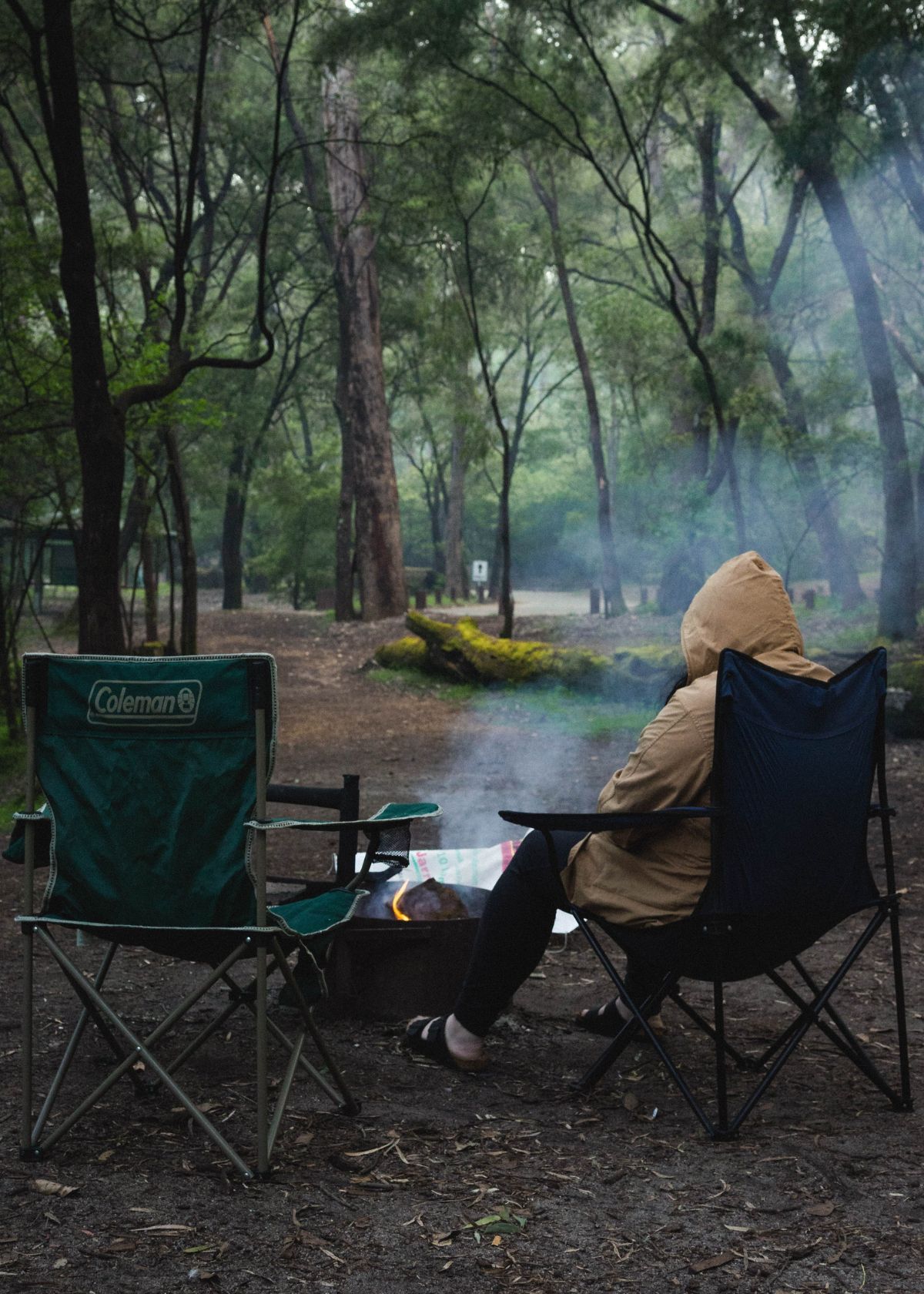
Factors To Consider While Buying A Backpacking Chair
Backpacking is a thrilling adventure that brings you closer to nature and allows you to explore the world. Whether trekking through a dense forest or climbing a steep mountain, the best backpacking chair can provide a comfortable place to rest and enjoy the view.
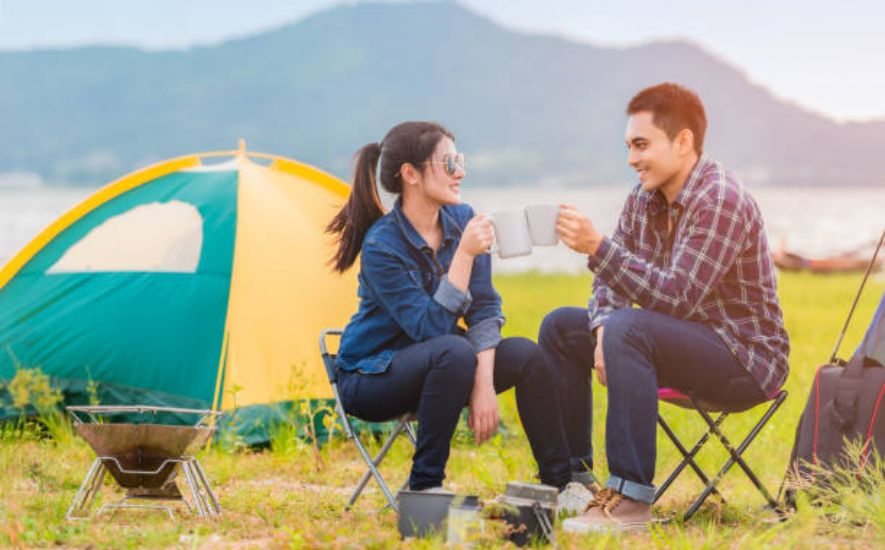
But with so many options on the market, it can be difficult to know which chair to choose. When buying the lightest backpacking chair, there are several factors to consider to ensure you get the most out of your investment.
The Comfort Factor
There's nothing like the freedom of hitting the open road and exploring the great outdoors. But while backpacking is a great way to escape from the daily grind, it's important to remember that comfort is key.
One of the most important pieces of gear for any backpacker is a backpacking chair. After all, you'll want a place to relax after a long day of hiking, right? But with so many options available, how do you choose the right chair for you?
Importance of Comfort
Backpacking is an amazing experience, but it can also be physically demanding. After a long day of hiking, your body will be tired and sore, and you'll want a comfortable place to rest. This is where the best backpacking chairs come in.
A chair that provides adequate support and comfort can make a huge difference in your overall experience. It can help you relax, recharge, and prepare for the next day's adventures.
Types of Backpacking Chairs
There are several types of backpacking chairs to choose from, including ultralight chairs, compact chairs, and camping chairs. Ultralight chairs are the lightest and most portable option but may sacrifice some comfort.
Compact chairs are slightly heavier but provide more support and are a good compromise between weight and comfort. Camping and foldable chairs are the heaviest and most comfortable but are not ideal for backpacking due to their weight.
Factors to Consider for Comfort
When selecting a classic backpacking chair, there are several factors to consider that will impact its comfort level. The first factor to consider is the chair's design. Look for chairs with a supportive backrest, a comfortable seat, and sturdy legs.
Next, consider the chair's weight and portability. You want a lightweight chair that is easy to carry but not at the expense of comfort. Finally, consider the chair's materials. Look for chairs made from durable materials that can withstand the wear and tear of the outdoors.

Durability Factor
As an avid backpacker, you understand the importance of packing lightly and efficiently. Every ounce counts, and each item in your pack needs to serve a specific purpose. However, when it comes to comfort, it can be tempting to sacrifice weight for a few extra luxuries.
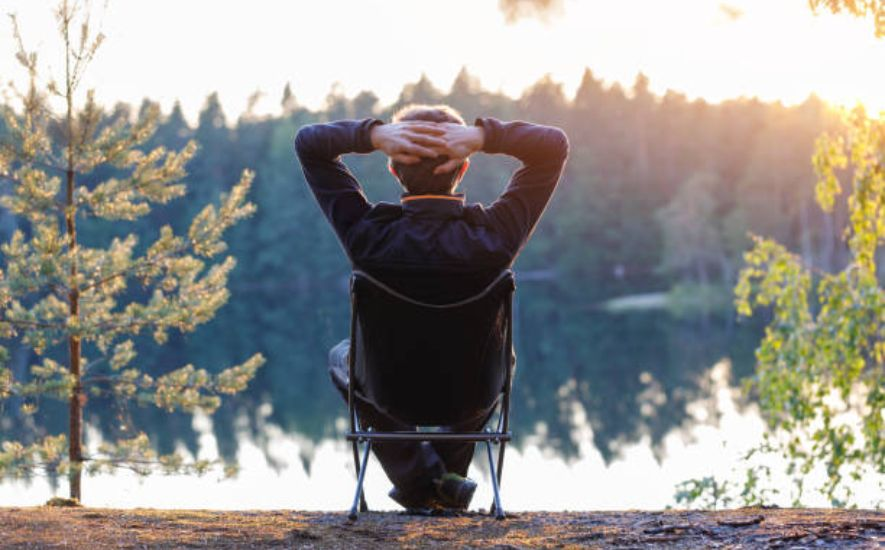
One such luxury is a backpacking chair. After a long day of hiking, sitting down in a comfortable chair can feel like a godsend. But when selecting a chair, it's crucial to consider its durability factor.
Why Durability Matters
You need gear that can withstand the elements when you're out in the backcountry. Most Backpacking chairs are no exception. A chair that can't handle the wear and tear of the trail won't last long and will leave you without a place to rest your weary bones.
Furthermore, a rickety chair is a safety hazard, which can collapse unexpectedly and cause injury. A durable backpacking chair will withstand the weight of the user, the rough terrain, and any inclement weather you may encounter.
Weight Capacity
A chair's weight capacity refers to the weight it can support. When selecting a chair, be sure to choose one that can handle your weight and any gear you plan to have with you. Chairs with higher weight capacities are typically more durable and can withstand more use.
Frame Construction
The frame is the backbone of a backpacking chair, and its construction plays a critical role in the chair's durability. Look for chairs with frames made of lightweight yet sturdy materials like aluminum or steel. Avoid chairs with plastic frames, as they're more likely to break under stress.
Materials
The materials used in a backpacking chair's construction can also impact its durability. Chairs with high-quality fabrics like ripstop nylon or polyester are more likely to hold up over time. Look for chairs with reinforced stitching in high-stress areas like the seat and backrest.
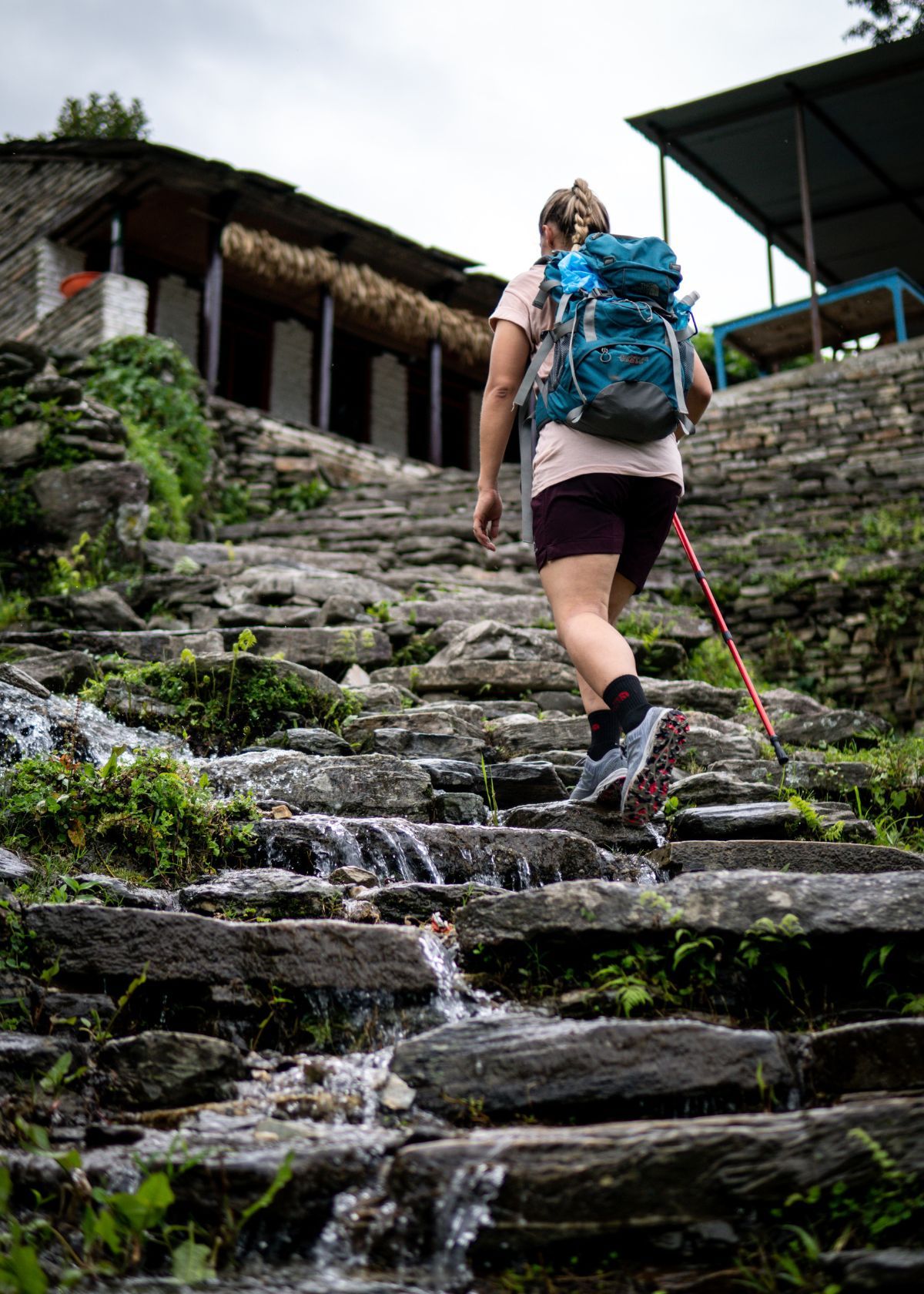
Weight Factor
As a backpacker, it is important to carefully consider every piece of gear that you choose to bring with you on your adventure.
One such item that often goes overlooked is the backpacking chair. A good backpacking chair can provide a much-needed respite from the rigors of the trail, allowing you to relax and enjoy the scenery.
However, choosing the right backpacking chair can be a bit tricky. One important factor to consider is the weight of the chair.
Why Does Weight Matter?
When it comes to backpacking, every ounce counts. The weight of your gear can greatly impact your overall enjoyment of the trip. Carrying a heavy backpack can quickly become a burden, especially if you have to navigate steep or rugged terrain.
Every additional pound you carry will slow you down and make you more fatigued. This is why choosing lightweight gear whenever possible, including your backpacking chair, is important.
Consider the Purpose
When choosing a backpacking chair, it is essential to consider the purpose of the chair. Are you planning to use it primarily as a place to rest your feet at the end of the day, or do you envision spending hours sitting in the chair, reading, and relaxing? The answer to this question will help you determine how much weight you can comfortably carry.
Weight vs. Comfort Trade-Off
One of the biggest challenges when choosing a backpacking chair is striking the right balance between weight and comfort.
The lightest chairs on the market may be comfortable for short periods of time, but they may not provide the support and comfort you need for extended use. On the other hand, heavier chairs may be more comfortable but can quickly become a burden to carry.
Importance of Weight Distribution
When choosing a backpacking chair, it is also important to consider how the weight is distributed.
A heavy chair that can be attached to the outside of your pack may be a better option than a lighter chair that must be carried inside your pack. This is because the weight will be distributed more evenly, making it easier to carry.
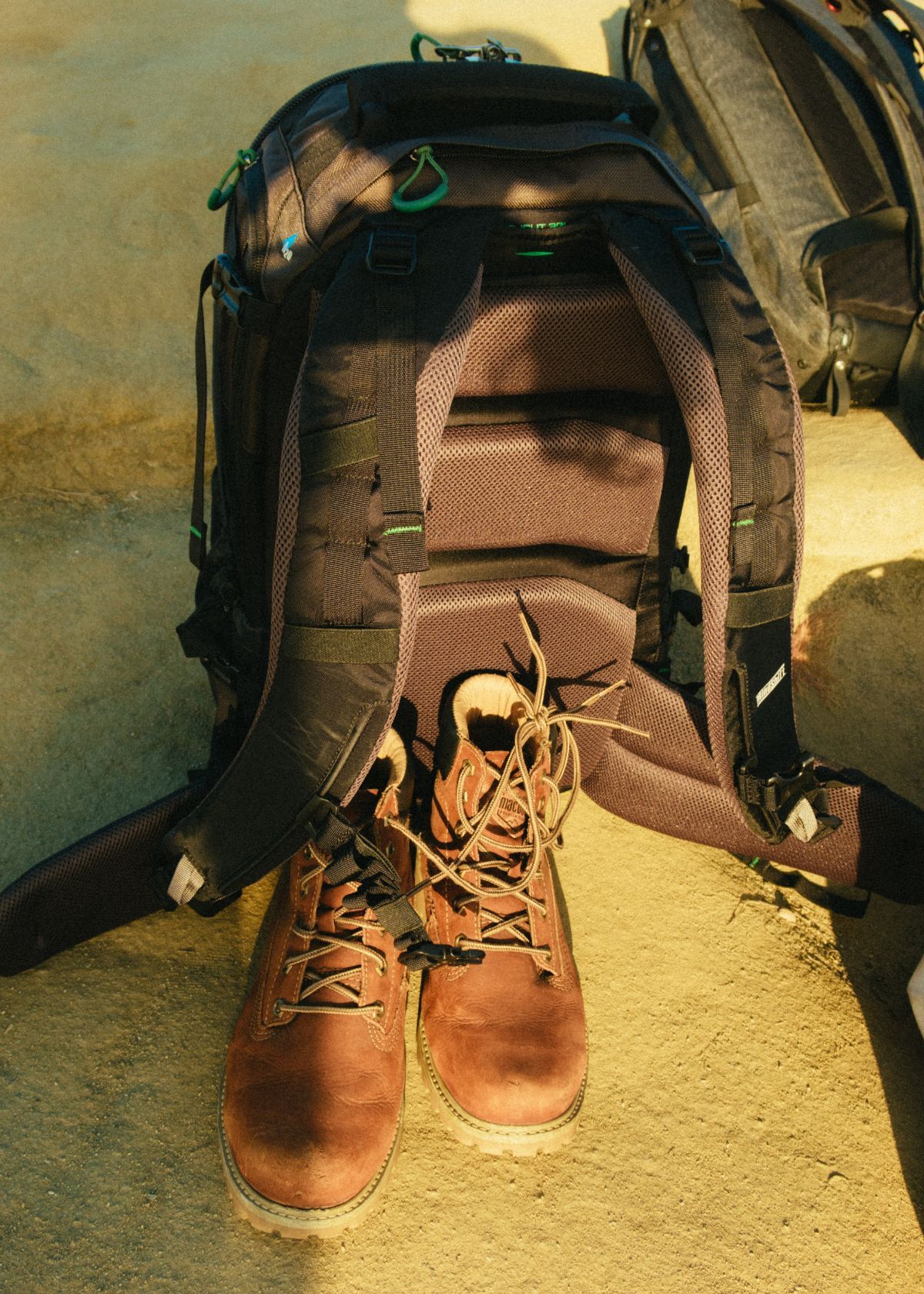
Portability
Have you ever found yourself on a backpacking trip, exhausted from a long day of hiking, and wishing you had a comfortable place to rest your weary bones? If so, you may have considered purchasing a backpacking chair. But with so many options on the market, how do you choose the right one?

What is the portability factor?
When we talk about the portability factor of a backpacking chair, we're referring to how easy it is to carry and transport the chair on a backpacking trip. A highly portable chair will be lightweight, compact, and easy to pack into your backpack.
This is important because when you're backpacking, you want to keep your pack as light as possible to make the trek more comfortable and less strenuous.
Why is portability important?
As mentioned above, the portability factor is important because it lets you keep your backpacking pack as light as possible. When you're carrying all your gear on your back for days or weeks at a time, every ounce counts.
Carrying a heavy chair that takes up a lot of space in your pack can be a real burden, making your trip less enjoyable and more tiring. A portable backpacking chair will be easier to pack and carry, freeing up space and weight for other important gear like food, water, and shelter.

The Weather Factor
The great outdoors, with its stunning natural scenery and exhilarating adventures, is a beloved destination for many backpackers. However, roughing it out in nature can be tiring, especially when finding a comfortable spot to rest after a long day of hiking.
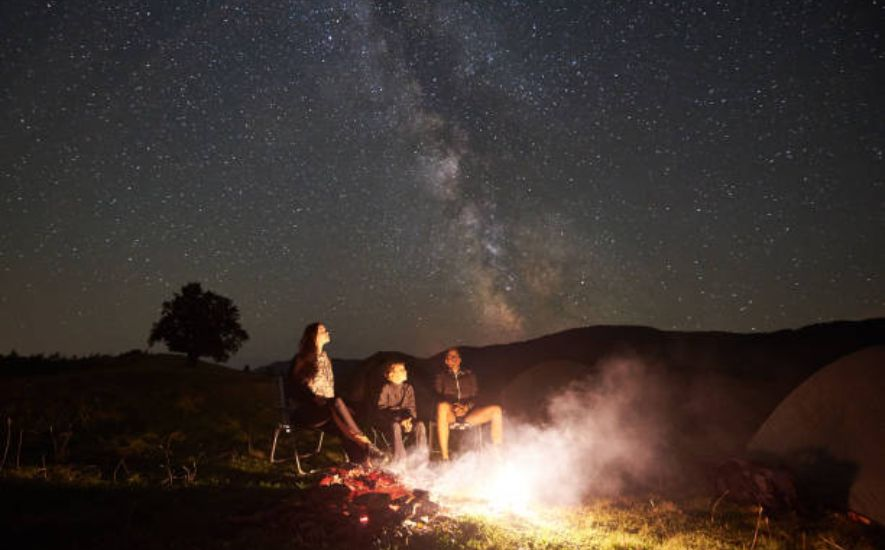
Backpacking chairs have become a popular solution for this problem, providing hikers with a portable, lightweight, and comfortable seating option. However, one important factor that can significantly affect the selection of a backpacking chair is the weather.
Hot and Humid Weather
Hot and humid weather can make hiking and camping challenging, especially when staying cool and comfortable. In such conditions, a backpacking chair that is lightweight and breathable is ideal.
Chairs with mesh fabric seats and backrests allow for maximum ventilation, preventing sweat and discomfort. Chairs with sunshades or canopies can provide hikers with much-needed shade, protecting them from the scorching sun and reducing the risk of sunburns.
Cold and Wet Weather
On the other end, cold and wet weather can make backpacking equally challenging. In such conditions, it's important to choose a backpacking chair that is waterproof and insulated.
Chairs with waterproof coatings or made from materials like Gore-Tex can prevent water from seeping in and keep hikers dry. Insulated chairs with padded seats and backrests can provide warmth, keeping hikers comfortable in chilly weather.
Windy Weather
Windy weather can make setting up a backpacking chair difficult, especially if it's unstable or lightweight. A chair with a sturdy and stable base, such as one with four legs or a wide base, can prevent it from toppling over in gusty winds.
A chair with a built-in windbreak can provide hikers with comfortable seating while protecting them from strong winds.
Variable Weather
In some cases, hikers might encounter variable weather conditions, with hot and humid weather turning into cold and rainy weather within hours. In such situations, it's important to choose a backpacking chair that can adapt to changing weather conditions.
Chairs with removable or adjustable canopies or rain flies can provide hikers with shade or protection from rain when needed without adding unnecessary weight to their backpacks.
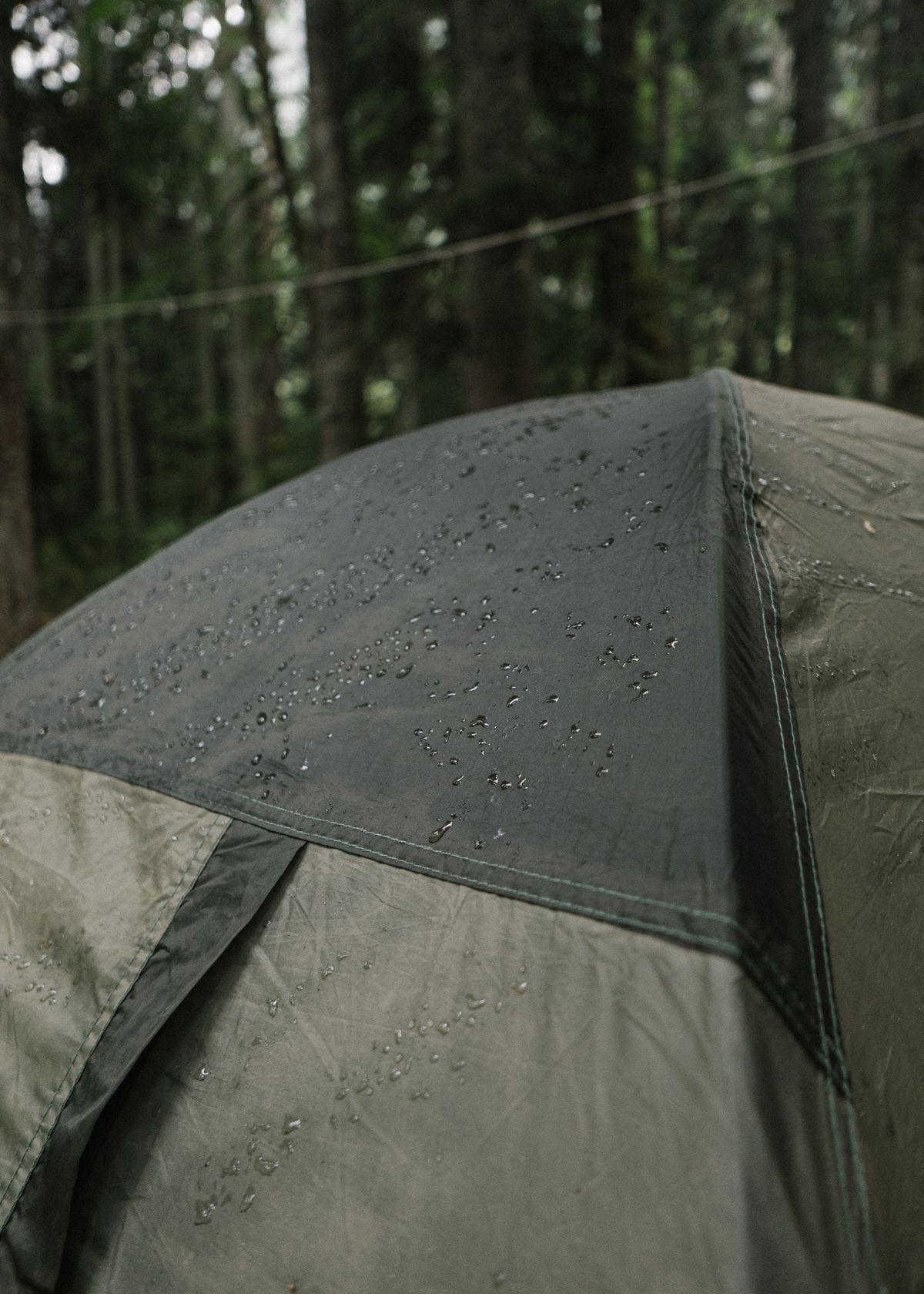
Frequently Asked Questions (FAQs)
Here are the most common questions we found regarding backpacking chairs and their use:
What is a good weight for a backpacking chair?
A good weight for a backpacking chair depends on several factors, including your preferences and the nature of your backpacking trip. Generally speaking, a lightweight backpacking chair that is easy to carry and pack is ideal.
A weight range of 1-3 pounds is considered good for backpacking chairs. However, if you prioritize comfort over weight, you may opt for a slightly heavier chair. The terrain and distance of your backpacking trip may also impact the weight of your chair.
A lighter chair may be more practical if you cover long distances or challenging terrain. The best weight for your backpacking chair will depend on your specific needs and priorities.
What to use as a chair when backpacking?
When backpacking, it's important to pack light and only bring essential items. While a chair may not be necessary, it can make resting and enjoying the outdoors more comfortable. A few lightweight options can be used as a chair when backpacking.
One option is to use a portable camping stool, which can weigh as little as one pound and fold up to a small size. Another option is to bring a lightweight inflatable pillow or cushion and use it as a makeshift seat. Some backpackers may choose to sit pad on rocks, logs, or even the ground itself, depending on the terrain and their personal preference.
The best chair for backpacking is lightweight, easy to pack, and comfortable enough to provide a much-needed break during a long hike.
Do you need a chair when backpacking?
When backpacking, the need for a chair depends on the individual's preferences and the type of backpacking trip they plan. If one is embarking on a minimalist trip with limited gear and a focus on hiking and exploration, then bringing a chair may not be necessary or practical.
However, a lightweight and portable chair can provide much-needed comfort and support if one plans a more leisurely trip with a base camp or extended time spent at campgrounds.
Ultimately, the decision to bring a chair while backpacking depends on the specific needs and preferences of the individual, the nature of their trip, and the weight and space limitations of their backpack.
What is the difference between a beach chair and a camping chair?
A beach chair and a portable camping chair are both designed for outdoor activities but differ in their features and purpose. A beach chair is typically lightweight and made from materials that resist sand and water, such as aluminum or plastic.
It usually has a low seat height and a reclining backrest, allowing users to relax and soak up the sun comfortably. On the other hand, a camping chair is more robust and durable, designed to withstand rough terrain and weather conditions.
It is often made from heavier materials such as steel or heavy-duty fabric and has a higher seat height and sturdier frame for added support. Camping chairs also feature additional storage pockets, cup holders, and adjustable armrests for added convenience.
While both chairs are suitable for outdoor use, a beach chair is better suited for a relaxing day at the beach, whereas a car camping chairs are ideal for outdoor activities such as hiking and camping.
What should you not bring backpacking?
Packaging wisely is essential when backpacking to ensure a comfortable and enjoyable experience. While bringing everything you think you need is tempting, packing too much can be detrimental. Here are some items you should leave behind when backpacking.
Firstly, avoid packing heavy and bulky items such as unnecessary electronics, large books, or heavy food items that may weigh down your backpack. Instead, opt for lightweight and compact alternatives, like an e-reader, trail mix, or dehydrated meals.
Secondly, don't bring too many clothes. Remember, you can always wash and re-wear clothing items, so only pack the essentials. Bring quick-drying and moisture-wicking fabrics that are comfortable and practical for the environment you'll be in.
Lastly, avoid bringing unnecessary luxury items like hairdryers, perfume, or jewelry. These items can take up space and add unnecessary weight to your backpack. Instead, focus on the essentials, such as a reliable tent, a sleeping pad, and a good quality backpack.
When backpacking, it's crucial to pack light and only bring the essentials. By avoiding unnecessary items, you can enjoy your trip without worrying about carrying too much weight or cluttering your backpack. Remember, less is more when it comes to backpacking.
What should you not forget when backpacking?
When backpacking, there are a few important things that you should not forget to bring along. Firstly, proper clothing and footwear are essential.
It is important to pack clothes that are suitable for the climate you will be in, and to bring sturdy footwear that is comfortable for long hikes. Secondly, it is important to pack enough food and water for your trip.
Depending on the length of your journey, you may need to plan your meals and bring along cooking equipment. Thirdly, make sure to pack a first aid kit, including any necessary medications, and a map and compass for navigation.
It is important to leave no trace by packing out all trash and waste. Finally, always let someone know your itinerary and expected return date for safety reasons.
Conclusion
In conclusion, buying a backpacking chair requires careful consideration of several factors, such as weight, comfort, durability, and ease of use. It's important to choose a chair that fits your body size and weight provides adequate support, and is made of high-quality materials that can withstand the rigors of the outdoors.
Depending on your specific needs and preferences, you may want to consider other features, such as portability, adjustability, and storage options. By taking the time to research and evaluate different backpacking and lightest chair, you can find one that meets your requirements and enhances your overall car camping or hiking experience.
Investing in an excellent backpacking chair can make all the difference when enjoying the great outdoors comfortably and safely.




